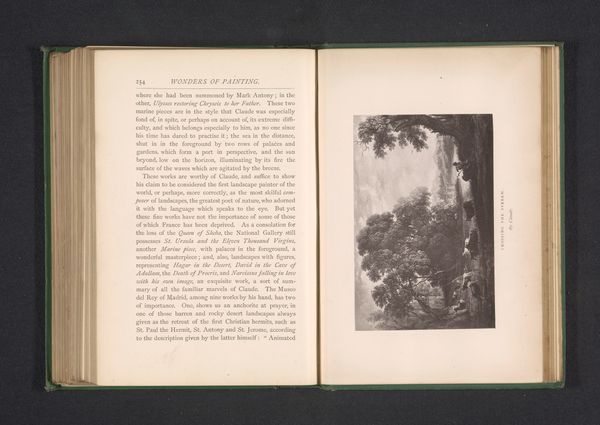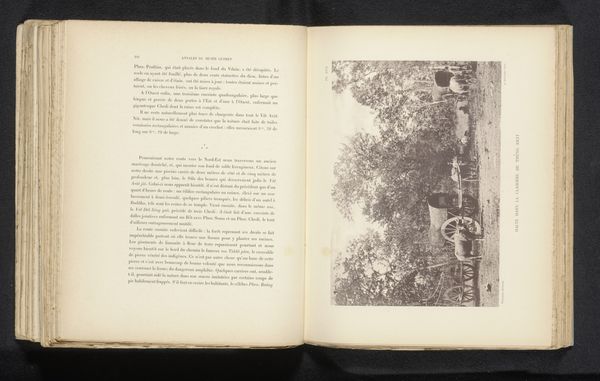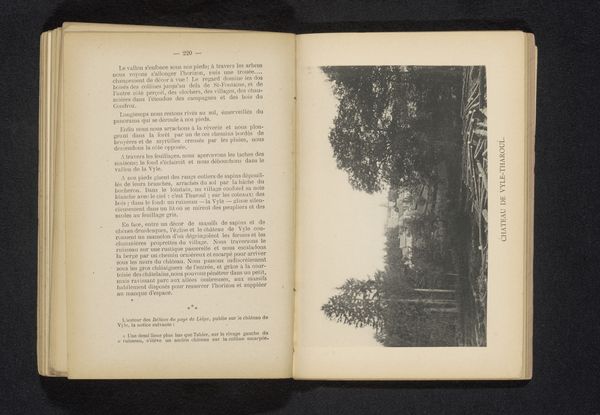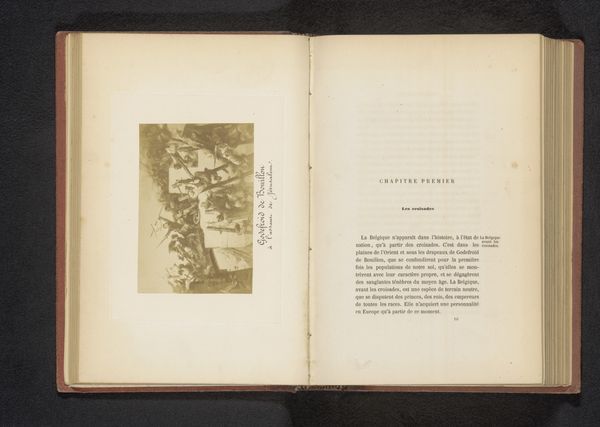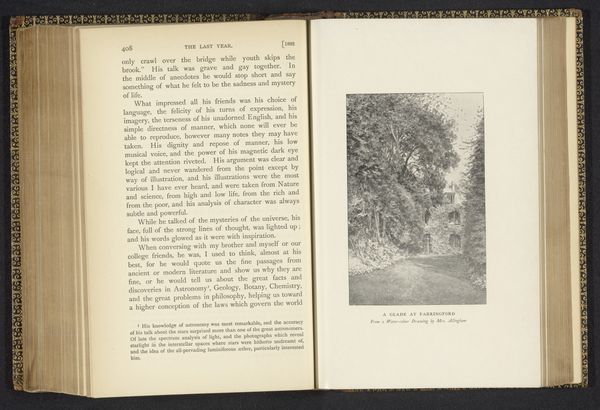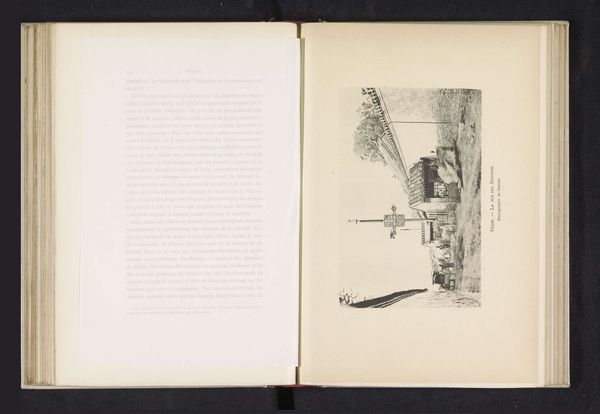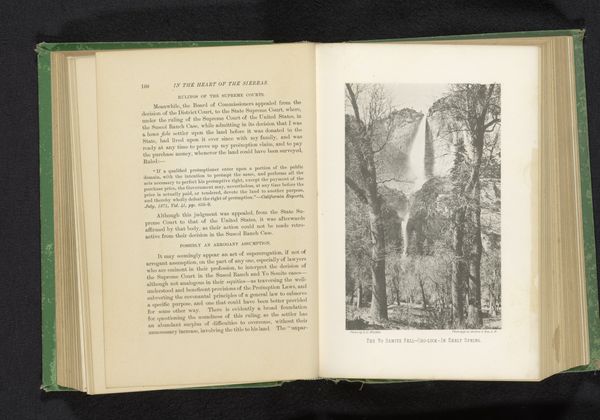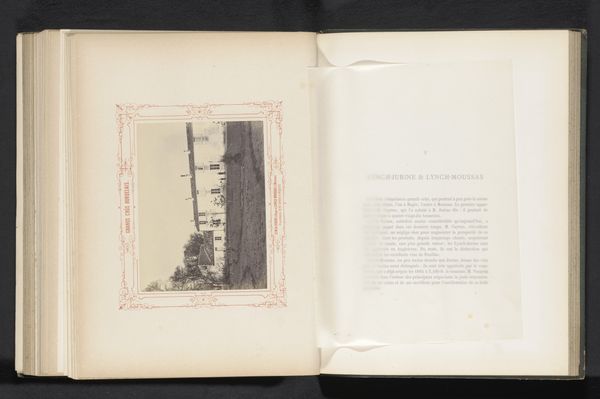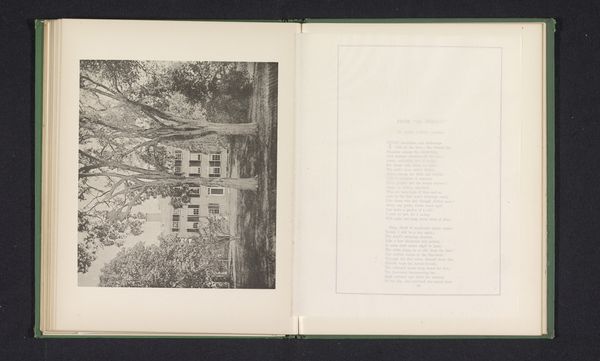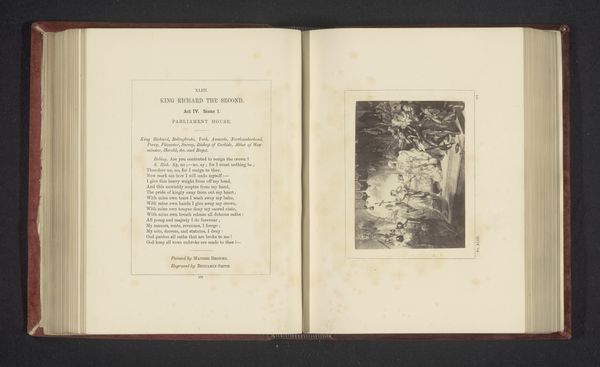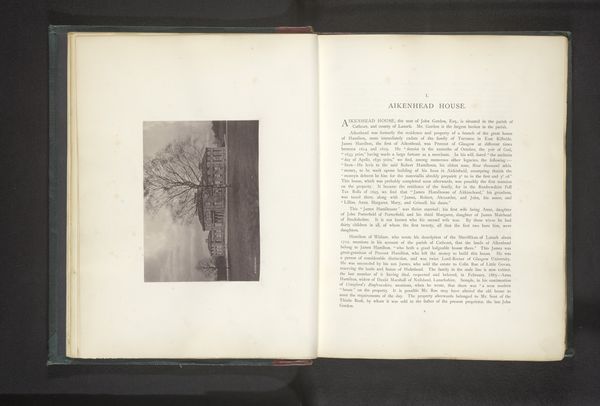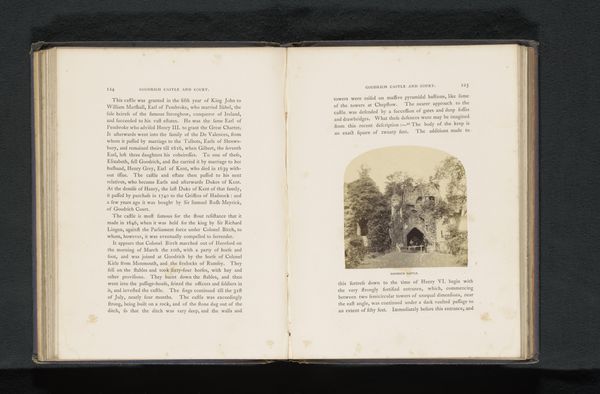
print, photography
# print
#
landscape
#
photography
#
orientalism
#
building
Dimensions: height 162 mm, width 114 mm
Copyright: Rijks Museum: Open Domain
Editor: This is a photograph titled "Exterieur van een Hollands huis te Batavia" by Désiré Charnay, taken in 1878. It appears to be a landscape shot of a Dutch house in Batavia. It's quite serene, but the crispness of the architectural lines seems to clash with the organic, flowing quality of the trees. What do you see in this piece? Curator: It's precisely that clash that intrigues me. Think about what "Batavia" represents historically – a major hub of Dutch colonial power in what is now Jakarta. This photograph isn't just a serene landscape; it's a carefully constructed representation of power. The Dutch house, framed so prominently, asserts a kind of imposed order onto the existing landscape. What narratives are present in these representations of colonial architecture? What message does this photograph convey to its intended European audience about Dutch authority and control? Editor: So, it’s less about the building itself, and more about what the image implies about colonialism? Curator: Exactly. The "serenity" you observed is, in fact, a façade, isn’t it? Charnay isn’t simply documenting a building; he is implicitly reinforcing a power dynamic through composition, framing, and subject matter. Think about the power dynamics embedded in the act of photographing itself, a Westerner visually claiming dominion over a landscape and culture. Consider the lack of human presence. Who benefits, and who is omitted, from this carefully crafted representation? Editor: I hadn’t considered that. It's a bit unsettling now that I see it. Curator: That's the power of understanding context. Art isn’t created in a vacuum, and even seemingly straightforward photographs like this can reveal complex and uncomfortable truths about power, representation, and history. What has this perspective awakened within you, observing this work through a lens of intersectional cultural narratives? Editor: It’s made me realize that even in what seems like a peaceful landscape, there can be complex and charged social and historical undercurrents at play. I think I see photography in a whole new light. Curator: And that's precisely the point – to see art not just as an object of aesthetic appreciation but as a portal to understanding the world around us, past and present.
Comments
No comments
Be the first to comment and join the conversation on the ultimate creative platform.
